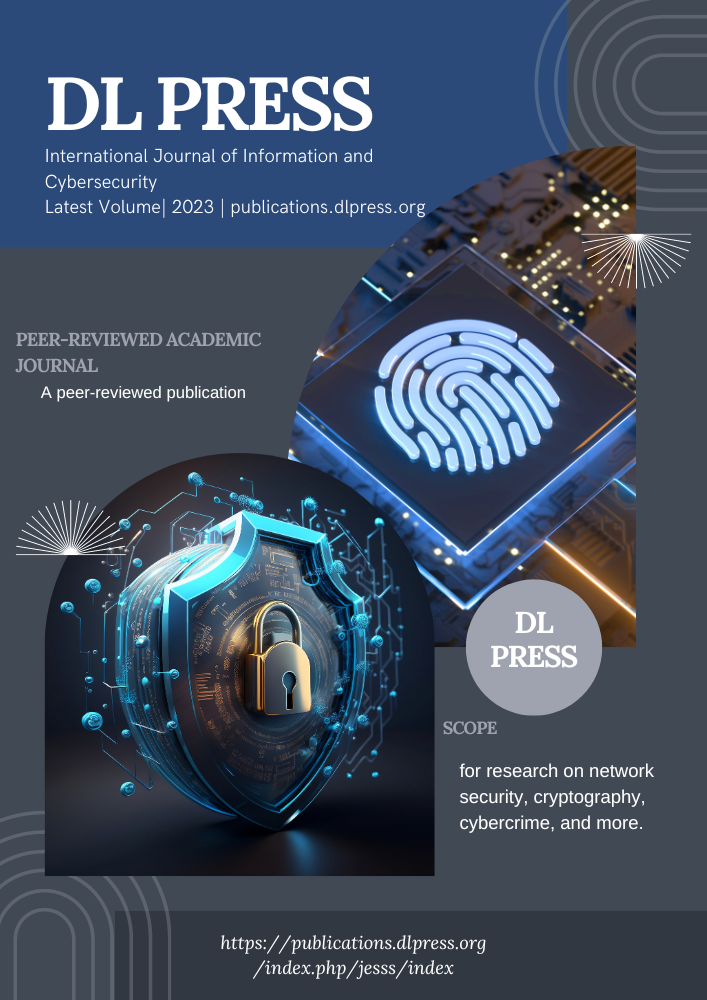Efficiency and Safety: The Impact of Autonomous Controls on Transportation
Main Article Content
Abstract
The implementation of autonomous controls in transportation has the potential to revolutionize efficiency and safety. This study explores the various aspects of this technology and its impact on transportation.In terms of efficiency, autonomous controls offer several advantages. Firstly, through traffic flow optimization, autonomous vehicles can communicate with each other and infrastructure systems, leading to reduced congestion, minimized delays, and improved overall transportation efficiency. Additionally, autonomous vehicles can be programmed to drive more efficiently, optimizing speed, acceleration, and deceleration, thereby reducing fuel consumption and carbon emissions. Moreover, the utilization of autonomous vehicles can be maximized through ride-sharing and pooling systems, resulting in fewer vehicles on the road, alleviating parking issues, and making better use of existing transportation resources. Lastly, the ability of autonomous vehicles to operate continuously without breaks enables increased productivity and reduced delivery times in industries such as freight and logistics.In terms of safety, autonomous controls have the potential to significantly enhance transportation safety. One of the key benefits is the reduction of accidents caused by human error. Human errors, such as distracted driving, fatigue, and impaired judgment, contribute to a significant portion of accidents. By eliminating or minimizing human involvement in driving tasks, autonomous controls can greatly reduce the risk of such accidents. Autonomous vehicles are also equipped with advanced sensors, cameras, and radar systems, enabling them to detect potential hazards and react faster than human drivers, thus preventing accidents. Additionally, autonomous vehicles strictly adhere to traffic rules and do not engage in risky behaviors, enhancing overall road safety. The communication and coordination abilities of autonomous vehicles allow them to share information about road conditions, hazards, and traffic patterns, enabling informed decision-making and accident avoidance. Autonomous systems can continuously learn from data, leading to ongoing improvement and even safer transportation systems over time.The widespread adoption of autonomous controls faces several challenges that need to be addressed. These challenges include cybersecurity concerns, legal and ethical considerations, and the need for proper infrastructure. Ensuring the safety of autonomous controls requires the development and deployment of robust regulatory frameworks and safety standards.Autonomous controls offer substantial benefits in terms of efficiency and safety in transportation. The findings of this study highlight the potential of autonomous vehicles to optimize traffic flow, reduce fuel consumption, improve vehicle utilization, and enable continuous operation. Additionally, they demonstrate the potential of autonomous controls to reduce accidents caused by human error, enhance sensory and reaction time, ensure consistent adherence to traffic rules, facilitate communication and coordination, and enable ongoing improvement. Addressing challenges such as cybersecurity, legal and ethical considerations, and infrastructure requirements is crucial for the successful integration of autonomous controls into transportation systems.
